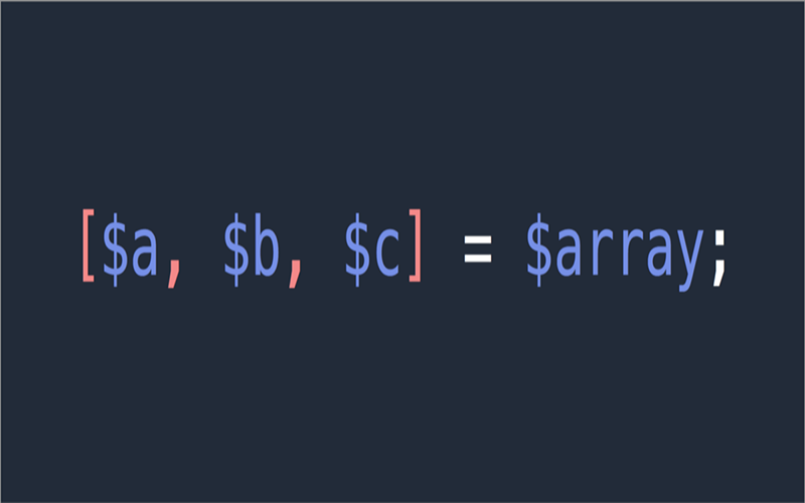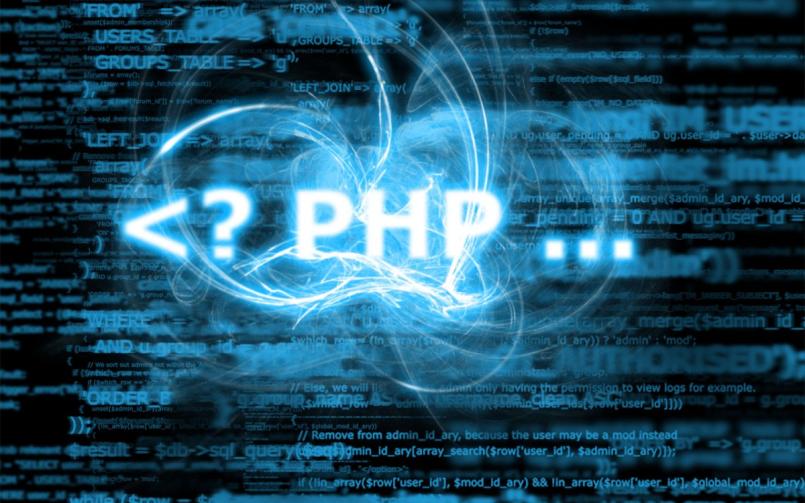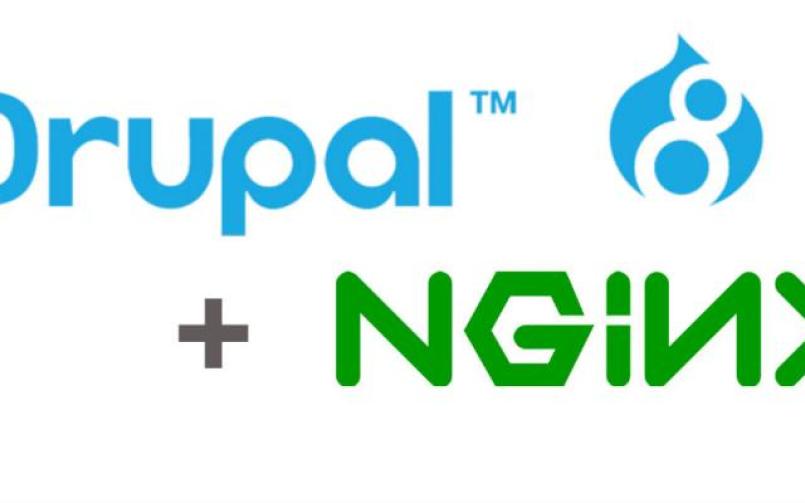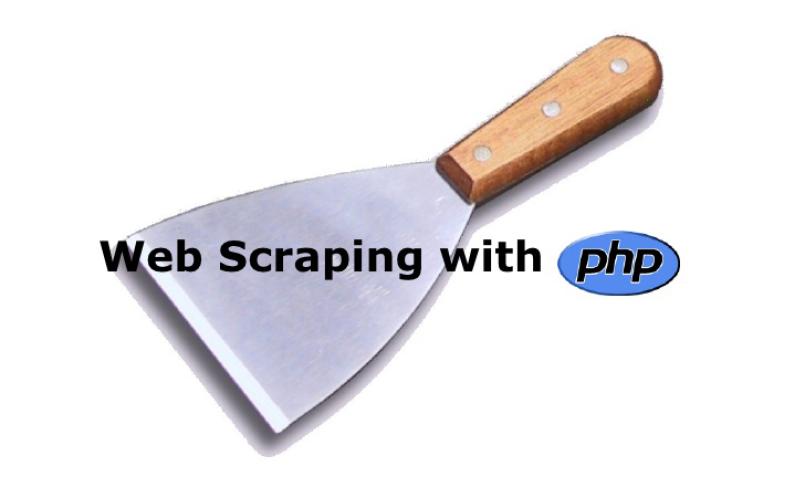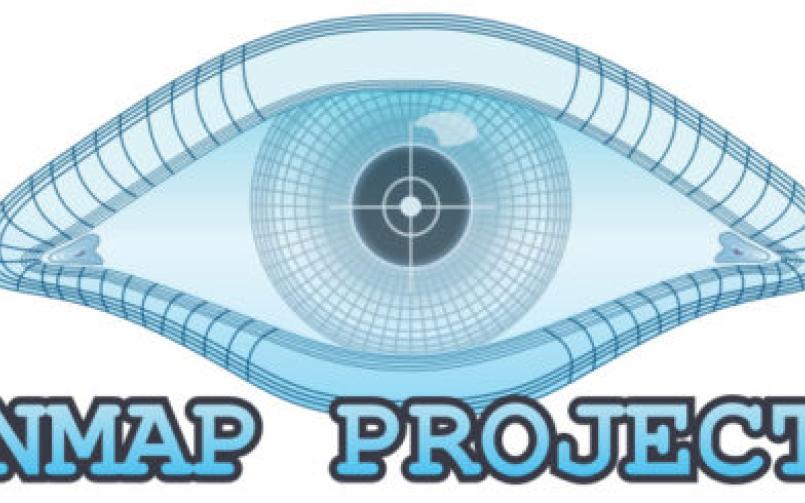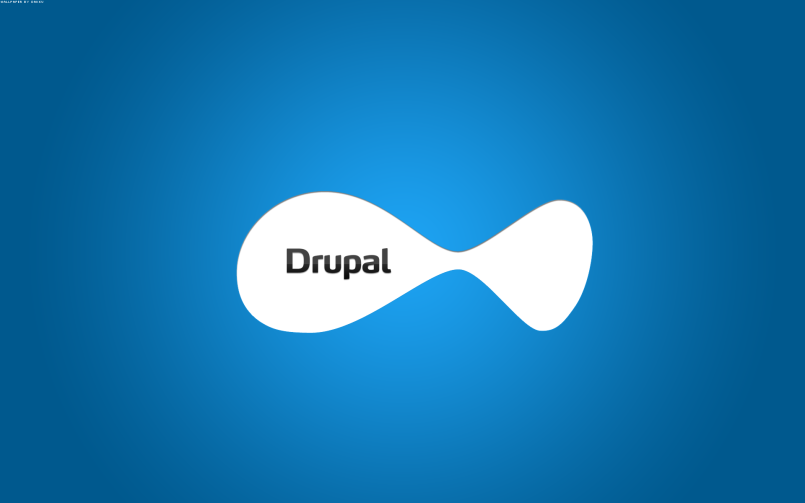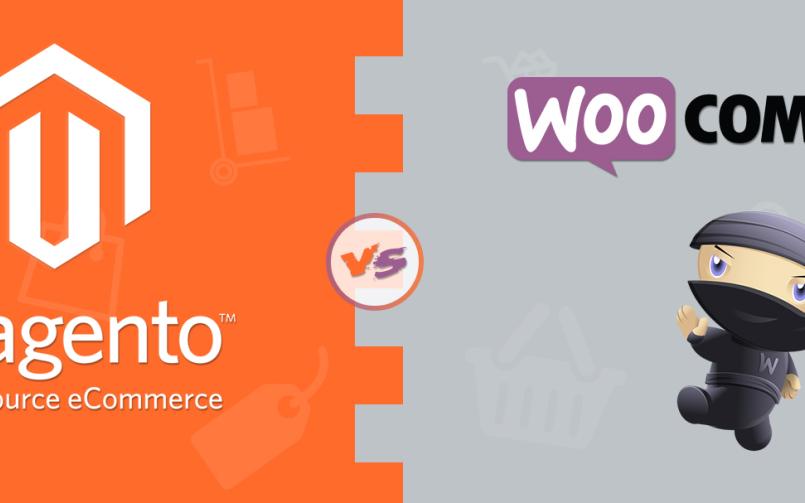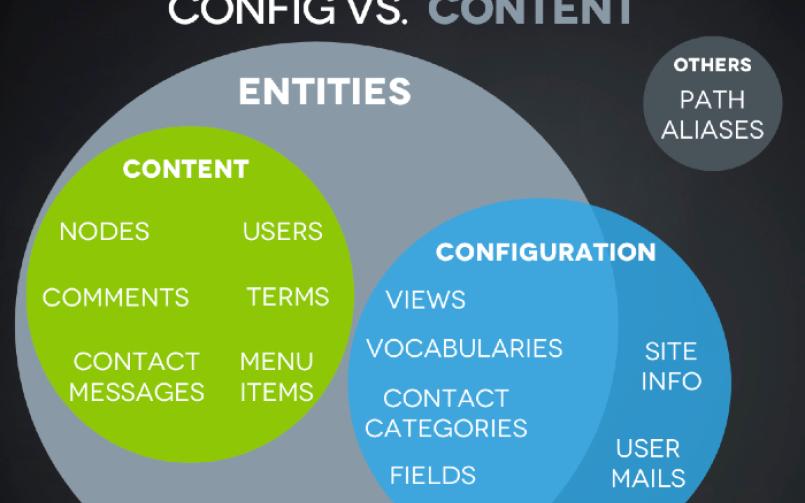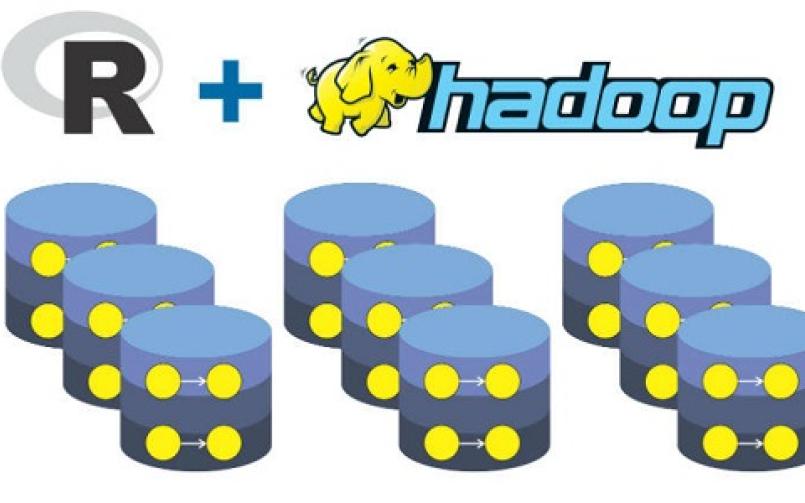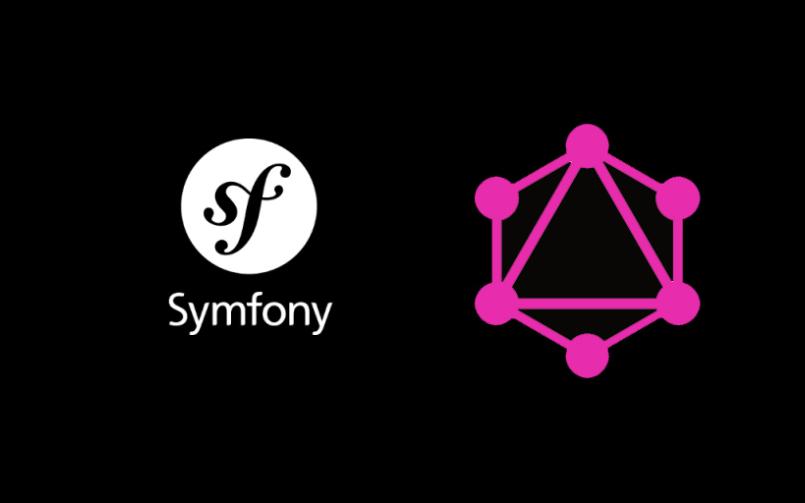Nowadays I'm very busy and working hard on http://www.zeyton.com, it's a exciting project, later I'll talk to you more about that and about new technologies we are used there.
PHP development is one of my skill and as a developer we have to be update, as you know PHP 7.1.x Related on 01 Dec 2016 and there is several interesting thins there,
